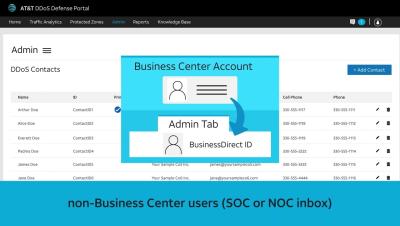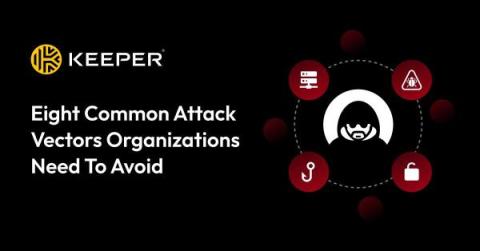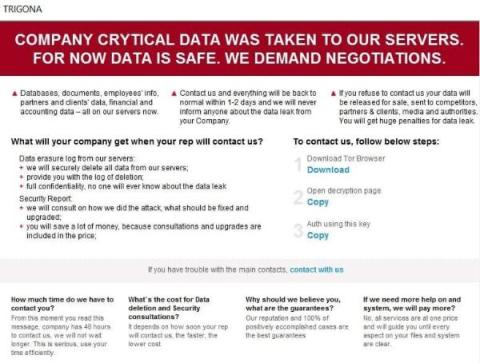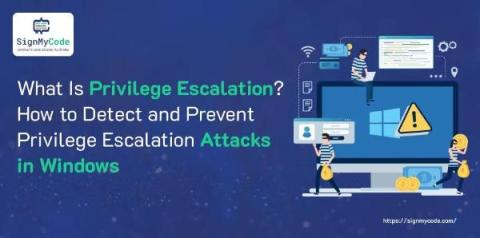AT&T DDoS Portal Contacts Management Video
In this video, you'll learn about AT&T DDoS Defense Service contact management and how the company administrator adds a new contact. Contacts are notified in the event of a DDoS attack. So it's important to keep the contacts list up to date and accurate.










